At the end of a long and tiring day we all crave a calm restful night’s sleep. Nothing is more important to enhance sleep than a comfy bed with fresh sheets. Carefully washing, drying and storing your bedding can help keep that hotel clean sheet feel and enhance their longevity. What are the secrets to drying sheets faster with a softer feel, minimal wrinkles and ready to be stored or put back on the bed? See our guide below.
At the end of a long and tiring day we all crave a calm restful night’s sleep. Nothing is more important to enhance sleep than a comfy bed with fresh sheets. Carefully washing, drying and storing your bedding can help keep that hotel clean sheet feel and enhance their longevity. What are the secrets to drying sheets faster with a softer feel, minimal wrinkles and ready to be stored or put back on the bed? See our guide below.
Bedding should be washed and dried weekly and different fabric types and types of sheets such as cotton sheets, linen sheets, silk sheets, polyester sheets, bamboo sheets all have unique washing and drying recommendations. First step is to check the required care label for the care instructions that is sewn into each of your pillowcases, fitted and flat sheets, duvet covers and blankets. There are mandatory laundry and drying instructions that detail the washing machine temperatures, type of laundry detergent and dryer heat setting recommended. Some fabrics may be dry clean only and cannot be tumble dried at all.
Bedding should be washed and dried weekly and different fabric types and types of sheets such as cotton sheets, linen sheets, silk sheets, polyester sheets, bamboo sheets all have unique washing and drying recommendations. First step is to check the required care label for the care instructions that is sewn into each of your pillowcases, fitted and flat sheets, duvet covers and blankets. There are mandatory laundry and drying instructions that detail the washing machine temperatures, type of laundry detergent and dryer heat setting recommended. Some fabrics may be dry clean only and cannot be tumble dried at all.
Ok, are you guilty of grabbing your wet bed sheets in a ball out of the washing machine and just throwing them in the dryer? That is what I used to do and I wondered why the sheets got all tangled. Due to their size, it is very common for bedding to get twisted which leads to wrinkles and damp spots on the fabric. Below are the step-by-step tasks for loading tumble dryers and trust me it works;
For a more in depth guide on how to wash cotton sheets check this out.
Ok, are you guilty of grabbing your wet bed sheets in a ball out of the washing machine and just throwing them in the dryer? That is what I used to do and I wondered why the sheets got all tangled. Due to their size, it is very common for bedding to get twisted which leads to wrinkles and damp spots on the fabric. Below are the step-by-step tasks for loading tumble dryers and trust me it works;
For a more in depth guide on how to wash cotton sheets check this out.
There are many techniques to use when drying your bedding but certainly use of a machine dryer tops the list. The heat of the dryer kills lingering bacteria, ensuring your bedding is clean and fresh and adds softness. If there are not specific instructions on the label, start with a shorter drying time as over drying can cause the fabric to become brittle. Drying time varies depending on the fabric type and thickness but is usually between 20 and 45 minutes. During the process periodically check on the progress and adjust accordingly. It is good to refer to the manual for your specific model for any further detailed instructions.
Choosing the Drying Cycle and Heat Setting
Choosing the correct drying cycle for your bed sheets ensures that they dry evenly and without any damage. Most dryers offer a range of heat settings, such as low, medium, and high. For cotton or linen, using a low to medium heat setting or the permanent-press setting is recommended. A very high heat may damage the elastic on the fitted sheets and cause unnecessary shrinkage. For more delicate fabrics like silk try the delicate or gentle cycle. Some dryers offer a cool down feature to help reduce wrinkles. Many dryers have a setting that senses when the items are dry which is a good option to use for bedding. Again, consult your manual for information on the best cycle to use for your fabric.
Learn more tips about how to get wrinkles out of cotton sheets
There are many techniques to use when drying your bedding but certainly use of a machine dryer tops the list. The heat of the dryer kills lingering bacteria, ensuring your bedding is clean and fresh and adds softness. If there are not specific instructions on the label, start with a shorter drying time as over drying can cause the fabric to become brittle. Drying time varies depending on the fabric type and thickness but is usually between 20 and 45 minutes. During the process periodically check on the progress and adjust accordingly. It is good to refer to the manual for your specific model for any further detailed instructions.
Choosing the Drying Cycle and Heat Setting
Choosing the correct drying cycle for your bed sheets ensures that they dry evenly and without any damage. Most dryers offer a range of heat settings, such as low, medium, and high. For cotton or linen, using a low to medium heat setting or the permanent-press setting is recommended. A very high heat may damage the elastic on the fitted sheets and cause unnecessary shrinkage. For more delicate fabrics like silk try the delicate or gentle cycle. Some dryers offer a cool down feature to help reduce wrinkles. Many dryers have a setting that senses when the items are dry which is a good option to use for bedding. Again, consult your manual for information on the best cycle to use for your fabric.
Learn more tips about how to get wrinkles out of cotton sheets
Below are some additional tricks to use when drying:
Below are some additional tricks to use when drying:
When the load of sheets is done, open the dryer door and remove the sheet promptly to avoid wrinkling and creases. Give them a gentle shake and smooth sheets. Inspect them for holes, damage or signs of fraying before folding for storage. Take them out of the dryer very slightly damp and place them right back on the bed, smoothing out all wrinkles before they set in.
When the load of sheets is done, open the dryer door and remove the sheet promptly to avoid wrinkling and creases. Give them a gentle shake and smooth sheets. Inspect them for holes, damage or signs of fraying before folding for storage. Take them out of the dryer very slightly damp and place them right back on the bed, smoothing out all wrinkles before they set in.
Drying sheets without a dryer is not only possible but can increase the fabric's longevity. First, if your washing machine has the ability, give your load of laundry an extra spin before taking it out to get out as much moisture as possible. Then take the sheets out and give them a good shake to help minimize creasing. It is best to do the wash first thing in the morning in order to allow the entire day for drying.
When the weather permits, drying your bed sheets outside in the direct sunlight is a quick and efficient method that is cost effective, environmentally friendly, and leaves a fresh scent. Depending on the weather and the thickness of your bedding drying time can take anywhere between 30 minutes to a few hours. You can fold your sheet over the line and attach with clothes pins to hold it in place or form a sack by folding it in half and pinning each corner to a spot on the line much like a pouch.
Indoor air drying is also a possibility if weather or space prevents outdoor drying. You can hang sheets on a drying rack, curtain rod, retractable clothes line, banister or even a door. Run your hand against the folded edge of the fabric hanging, to make sure it is smooth and not bunched up. Using a freestanding fan to create more airflow will speed the dry time. One word to the wise, do not put wet sheets on a hot radiator as this could be dangerous.
If you are not a fan of really crisp air-dried sheets you can soften them by putting them in the dryer on low heatwith dryer balls for 5 minutes to soften them.
Two additional new tricks I just discovered.
Drying sheets without a dryer is not only possible but can increase the fabric's longevity. First, if your washing machine has the ability, give your load of laundry an extra spin before taking it out to get out as much moisture as possible. Then take the sheets out and give them a good shake to help minimize creasing. It is best to do the wash first thing in the morning in order to allow the entire day for drying.
When the weather permits, drying your bed sheets outside in the direct sunlight is a quick and efficient method that is cost effective, environmentally friendly, and leaves a fresh scent. Depending on the weather and the thickness of your bedding drying time can take anywhere between 30 minutes to a few hours. You can fold your sheet over the line and attach with clothes pins to hold it in place or form a sack by folding it in half and pinning each corner to a spot on the line much like a pouch.
Indoor air drying is also a possibility if weather or space prevents outdoor drying. You can hang sheets on a drying rack, curtain rod, retractable clothes line, banister or even a door. Run your hand against the folded edge of the fabric hanging, to make sure it is smooth and not bunched up. Using a freestanding fan to create more airflow will speed the dry time. One word to the wise, do not put wet sheets on a hot radiator as this could be dangerous.
If you are not a fan of really crisp air-dried sheets you can soften them by putting them in the dryer on low heatwith dryer balls for 5 minutes to soften them.
Two additional new tricks I just discovered.
Using healthy and environmentally sound products is very important to me, so I avoid dryer sheets and fabric softeners. Often the chemicals used in these products can be toxic, cause skin irritation, endocrine disruption and artificial scents can cause headaches. Dryer sheets can also weaken the materials and cause pilling over time. A good alternative is to use wool dryer balls with a few drops of your favorite essential oil or add a half cup of vinegar to the wash cycle to soften your linens.
Be sure to wash and dry sheets separately, not with towels or other clothing. This will help reduce lint and prevent smaller items from getting caught in fitted sheet pockets and getting properly cleaned. Most importantly avoid overloading the dryer as this will cause sheets to wrinkle and not dry properly and it may damage your dryer. Make sure to remove sheets promptly once they are dry.
In order to prevent pilling, those little nubs of fabric that develop after they have been used for a bit and washed several times, we recommend avoiding washing and drying at hot temperatures, bleach and over drying the bedding as these processes will weaken the fabric. Pilling becomes a problem with microfiber or any fabric made of blended fibers. Good quality cotton fabric does not pill.
Using healthy and environmentally sound products is very important to me, so I avoid dryer sheets and fabric softeners. Often the chemicals used in these products can be toxic, cause skin irritation, endocrine disruption and artificial scents can cause headaches. Dryer sheets can also weaken the materials and cause pilling over time. A good alternative is to use wool dryer balls with a few drops of your favorite essential oil or add a half cup of vinegar to the wash cycle to soften your linens.
Be sure to wash and dry sheets separately, not with towels or other clothing. This will help reduce lint and prevent smaller items from getting caught in fitted sheet pockets and getting properly cleaned. Most importantly avoid overloading the dryer as this will cause sheets to wrinkle and not dry properly and it may damage your dryer. Make sure to remove sheets promptly once they are dry.
In order to prevent pilling, those little nubs of fabric that develop after they have been used for a bit and washed several times, we recommend avoiding washing and drying at hot temperatures, bleach and over drying the bedding as these processes will weaken the fabric. Pilling becomes a problem with microfiber or any fabric made of blended fibers. Good quality cotton fabric does not pill.
Don’t worry you don’t need to purchase a new dryer, any new equipment or do any dryer repair to make drying easy and even fun. By following these simple easy tips for drying, your bed sheets will look and feel great with minimal effort. What will you do with all the time and effort you saved, maybe take a nap?
Don’t worry you don’t need to purchase a new dryer, any new equipment or do any dryer repair to make drying easy and even fun. By following these simple easy tips for drying, your bed sheets will look and feel great with minimal effort. What will you do with all the time and effort you saved, maybe take a nap?

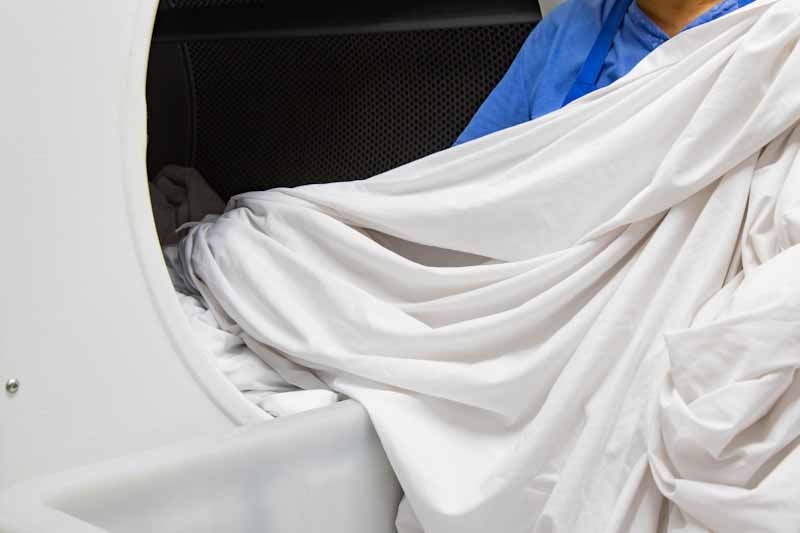
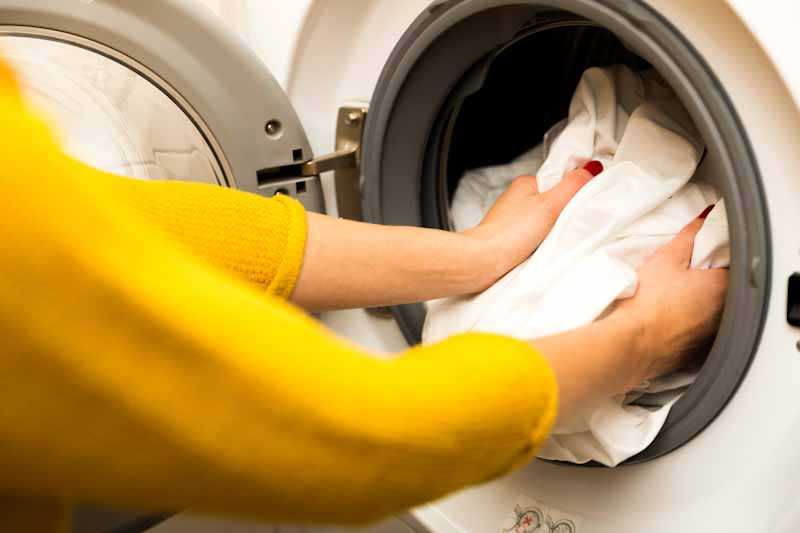
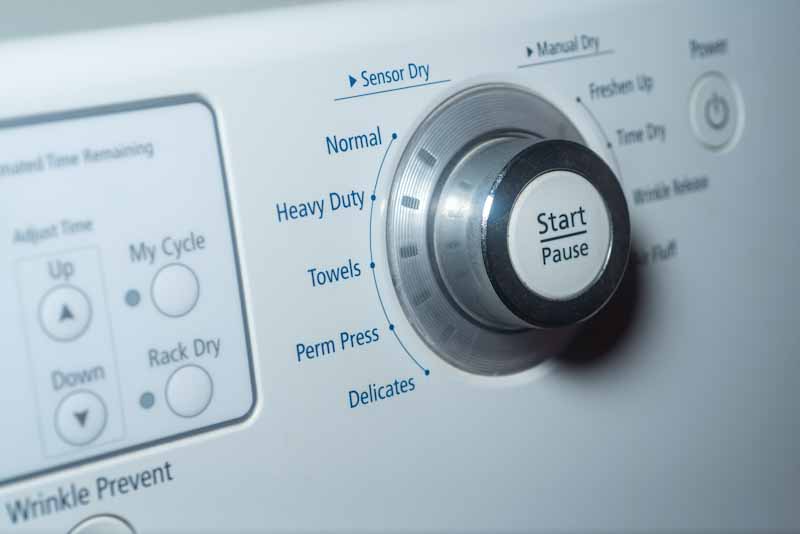
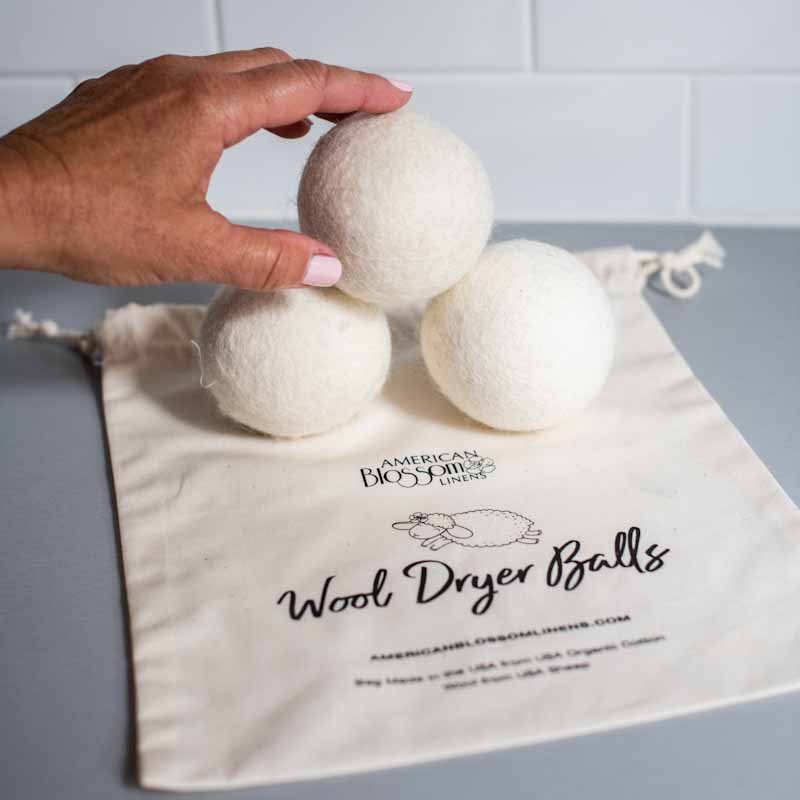
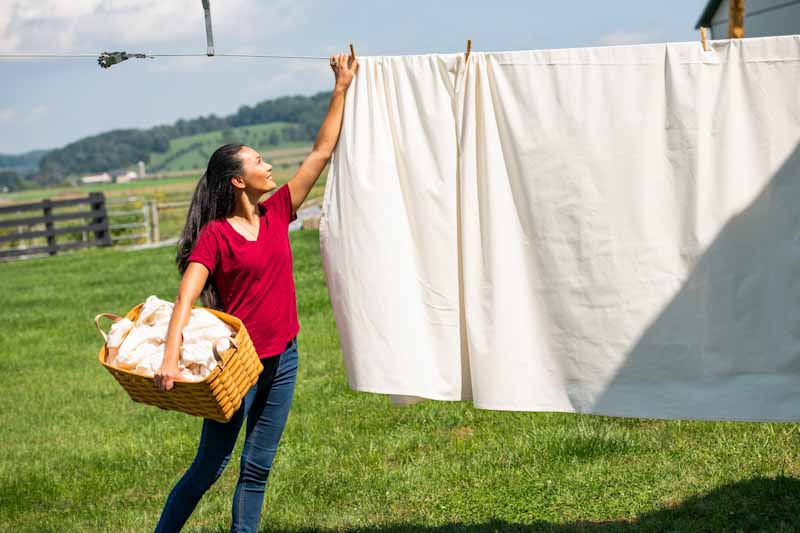
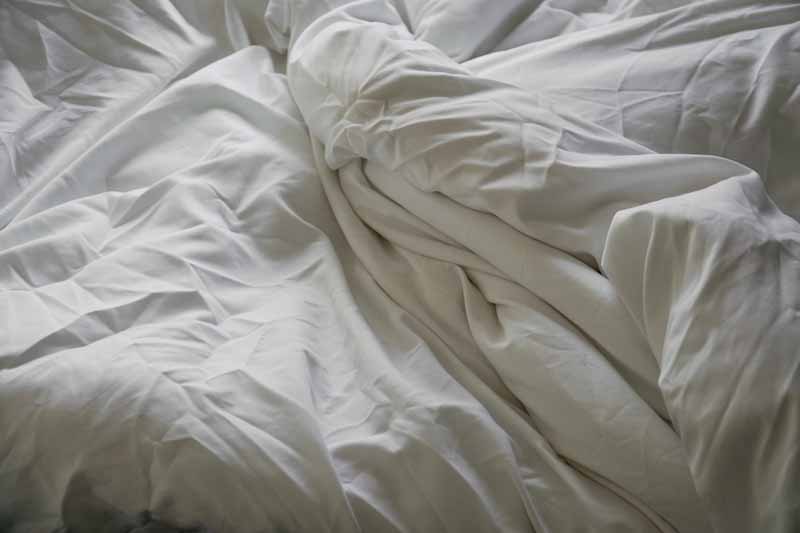
Leave a comment (all fields required)